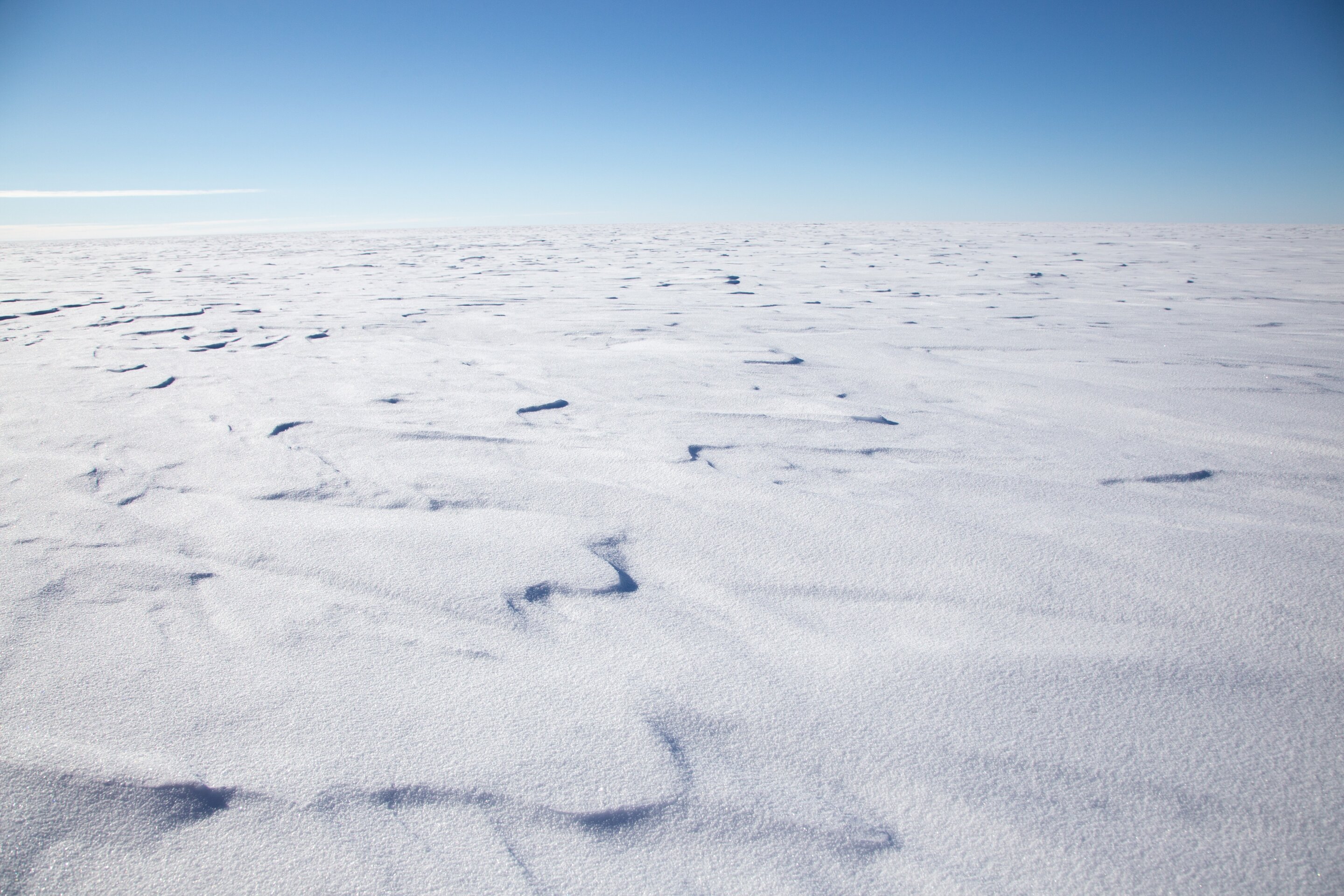- China rolls out stimulus measures to boost ailing economy
- Op-ed: The UK's budget problems date back to the 2008 financial crisis
- Property stocks in Hong Kong rally on mortgage stimulus
- Mainland China stocks notch best day in four years, soar over 4% on PBOC policy easing
- Oil prices rise on concerns of wider Middle East conflict, U.S. storm
What do you believe is the single most important factor driving up the cost of living in Nigeria?

Phytoplankton shield ice shelves from summer heat
In spring, stretches of Antarctic sea ice melt to form pockets of open water called polynyas, which make perfect homes for phytoplankton. These marine microbes can become so abundant that they turn the water green.
Combining a model for studying fluid circulation called MITgcm with a model for studying biogeochemical processes called Biology Light Iron Nutrient and Gas (BLING), the researchers studied how the chlorophyll contained in these phytoplankton scatters sunlight and influences the temperature of the ocean.
Phytoplankton trap heat in the upper level of seawater, the researchers found. However, this heat dissipates back into the atmosphere over the course of the summer. Meanwhile, the phytoplankton also provide shade to deep water, keeping it cool and limiting the effect of sunlight on nearby ice shelves.
As a result, these ice shelves melt 7% more slowly when blooms are present than when the water is clear—that's helpful for ice shelves threatened by climate change.


- September 24, 2024
High-pressure reactions can turn nonporous rocks into sponges



- September 24, 2024
Nigeria seeks global partners to advance space technology


- September 24, 2024
CBN to boost eNaira adoption



- September 24, 2024
Researchers seek organic waste in bone regeneration
Subscribe to our mailing list to get the new updates!

Subscribe our newsletter to stay updated
Thank you for subscribing!




